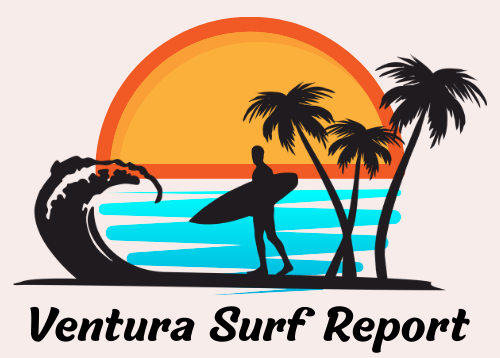
Energy consumption is the Achilles’ heel of wave pools. However, WavePrizm believes it is possible to make bigger waves with less power.
Power, electricity, energy. If you’re inland, without it, there’s no surf.
It is one of the reasons why many wave pool technologies have not yet seen the commercial light of day, or are just so expensive to run that they also become costly to ride.
If a wave costs up to $500 to generate, wave pools will barely break through the market.
So, the race to efficient, low-energy consumption artificial wave lagoons will determine which solutions will thrive and remain open for business.
Smarter technologies will transform the weaknesses of the industry’s business model into opportunities.
We’ve seen it with Finland’s ArtWave. Could WavePrizm be following similar steps?

Exponential But No Drama
Mark Kosich is the man behind the WavePrizm concept and project.
At the heart of his ongoing R&D program is the mission to build a wave two times taller than the height available in today’s surf parks while limiting the energy input requirement.
Those are two different and very complicated challenges.
“A wave that is twice as big should require four times as much force/energy, so it would seem that to double wave height, we would need to make everything four times as big and quadruple horsepower to drive it,” Kosich tells SurferToday.com.
Impossible is nothing, though, and the human spirit turns complexity into smart answers.
But first, let’s go back a bit to understand swell behavior and how it arrives at surfers.
“The energy requirement to increase wave height is exponential,” underlines the founder of WavePrizm.
“The overall volume of a wave increases in both length and height. There is more than just two times as much water in a wave that is twice as tall.”
“You can feel it when you are surfing.”
“Waves have a natural frequency wherein larger waves travel faster through the water than smaller waves.”
“As the swell builds from one meter to two meters, you can feel the dramatic increase in speed and power.”
“You may even switch to a narrower board with less volume and a more pulled-in tail area.”

The Ripple Effect
The idea of WavePrizm starts from the basics – the formation and propagation of a swell rather than a single wave.
It all kicks off with a wave of any height. It’s the starting point, and it takes a given amount of energy to produce the first one.
But that’s not the end. It’s actually the beginning.
WavePrizm is now experimenting with different pistons to shove water – solid walls, air-filled chambers, and their own angled modules.
By testing all of these, they figure out which method makes the tallest, most powerful wave using the least energy.
For instance, instead of one giant block, they use lots of identical 10 × 10 × 10-foot boxes, each moving 1,000 cubic feet of water.
By firing these boxes in the right order, they build up a wave, a bigger one, and then a way larger wave.
Think of it like a row of dominoes but with water, like a ripple effect.
Mark Kosich does not deny that everything is made “all well within the laws of physics.”
“This law applies whether the wave increases from 5 centimeters to 10 centimeters, one meter to two meters, or two meters to four meters. It always requires four times as much energy to double the wave height,” notes the WavePrizm creator.
Bigger Waves With Less Energy
Nevertheless, through determined research and experimentation, the developer assures he has accomplished two times wave height, free of the additional energy requirement.
It’s also important to underline that most wave pools waste half their area to calm water and catch splashes.
WavePrizm’s studies show how to redirect that excess energy so you don’t need extra space – and you avoid a giant, swirling mess.
Imagine having continuous surf without calming intervals and time between sets in a surf lagoon that can double or triple how much water each module moves without blowing up energy costs.
You can build a wave pool on only 2.5 acres (1 hectare) and still get overhead-high waves.
Sounds exciting, right?
The more in-depth technical details behind WavePrizm are obviously still kept secret and protected.
Kosich also stresses that “a key component of the system needs design refinement and testing” and that he plans to do more testing and work on design refinements.
Also, the entire wave system design and construction, including the pool itself, must be “capable of handling the tremendous force of this wave.”
Ultimately, WavePrizm seems to be a viable tech on its own – for instance, as a turnkey solution – or can be adopted and installed on existing wave pool systems.
Words by Luís MP | Founder of SurferToday.com


Leave a Reply